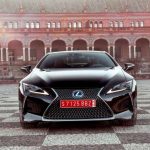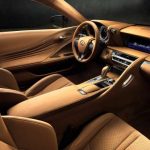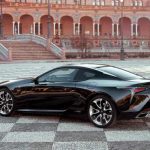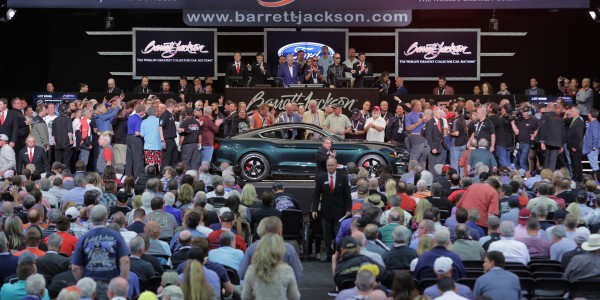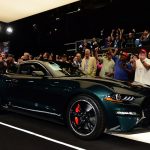2018 Toyota Avalon Hybrid
An Automotive Love Affair
By Joe Mavilia
Overview:
This is the 2018 Toyota Avalon Hybrid. You know what, it is so nice to look at the instrument panel and see the range is like 500 miles. Those days of 7 MPG is behind us, thankfully. Then you look at the price of oil at $61.00 a barrel (55 gallons) turns into $4.00 per gallon at the pump. Now I’m just breaking even. Cars get more economical and the market (oil companies) get their pound of flesh. Then government taxes it heavily and the consumer is back to square one. OK, so that is a myopic view and we really need to put it all in perspective. The cost of goods and services has, overall, come down over the years.
Consider the price of a Ford Model A in 1929 in any color you wanted it (grey, green or black) began at $500 up to $1,200. Surely everyone could afford $500, which translates into $7,200 in 2018 dollars, to $17,000 for the top of the line. Pretty amazing, eh.
General Information:
Assembly: Georgetown, Kentucky, USA; Classification is Midsize; Vehicles from Toyota: 4Runner, 86, Avalon, Camry, C-HR, Corolla, Corolla iM, Highlander, Land Cruiser, Mirai, Prius, Prius C, Prius Prime, Prius V, RAV4, Sequoia, Sienna, Tacoma, Tundra.
Handling & Performance:
Smooth and comfortable is my first impression. If this were a Corvette, for example, you would be as pumped as a thoroughbred at “post time”. But a sophisticated passenger car isn’t off to the races but more a ride in the park. For sure this is a nice ride and has been an enjoyable week of leisurely travel.
Styling:
Typical Toyota design is to provide good functionality which has surely met consumers appreciation and we know that because Toyota is one of the top selling cars in the world. Fiat has edged them out worldwide in recent years to be number one.
Fit and Finish:
Toyota quality has infected all brands over the past few decades. Most brands have the Toyota standard to live up to. Some do, some don’t. For example, my 2011 Ford F350 is an exception. I just can’t find a cause of whistling sound emanating from the dash that would drive most to drink, or worse.
Cost:
The price of admission is about what I expected and a good value at $40,000.
Conveniences and comfort:
All the bells and whistles are included and what isn’t there isn’t all that important.
Consumer Recommendations:
I’m not a fan of ‘all electric’ but I am a big fan of Hybrid technology for today. Tomorrow – the moon, but I’m in no hurry. Before you’re ready, cars will be driving you. Be patient and enjoy the ‘drive’ in the meantime. The future? I can just imagine race drivers will be obsolete and computers will drive the cars and compete, for what I can’t imagine? Can’t wait, though and quite frankly, my dear, I don’t give a damn. I’ll enjoy ‘Lizzy’, as long as I can.
Recognised Competition:
| Brand | $$$ Cost | MPG Avg | Seating | Doors | Country of Origin | Assembled |
| Toyota Avalon Hybrid | 40,000 | 40 | 5 | 4 | Japan | USA |
| Ford Fusion Energi | 40,000 | 42 | 5 | 4 | USA | Mexico |
| Chevrolet Volt | 38,000 | 42 | 5 | 4 | USA | USA |
| BMW 3-Series | 46,000 | 30 | 5 | 4 | Germany | Germany |
Good News:
Comfortable affordable near luxury sedan with very good fuel economy.
Bad News:
N/A.
Standard Equipment:
Hybrid drive with a 2.5 liter 4-cylinder engine, automatic transmission, 17” alloy wheels, power assisted 4-wheel disc brakes, pre-collision system with pedestrian detection, lane departure alert with steering assist, dynamic radar cruise control, automatic high beams, star safety system stability and traction control, electronic brakeforce distribution, and smart stop technology, 10-airbags, LATCH child anchor and tether system, anti-theft system with engine immobilizer, blind spot and cross traffic alert, heated mirrors with turn signal indicators, power tilt and slide moonroof, climate control with rear seat vents, AM/FM/CD/HD SXM audio system with 9-speakers, Aux/USB, Bluetooth, backup camera, leather trimmed steering wheel with audio, Bluetooth & voice command controls, leather seating with 8-way driver power seat and 4-way passenger power seat, smart key system with push button start and wireless smartphone charging.
Gas Stats:
40 City and 39 Highway MPG
$3.35 / Gal avg. March 10, 2018
www.fueleconomy.gov
for more information.
Pricing:
MSRP $40,132.
Copyright © 2018 – An Automotive Love Affair

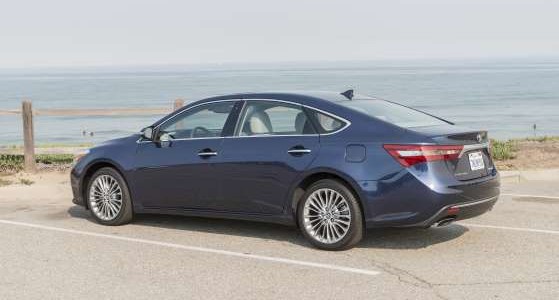
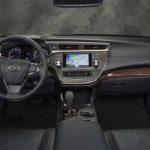

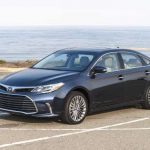
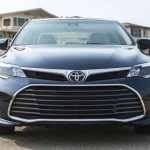


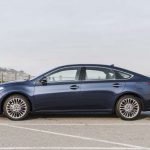
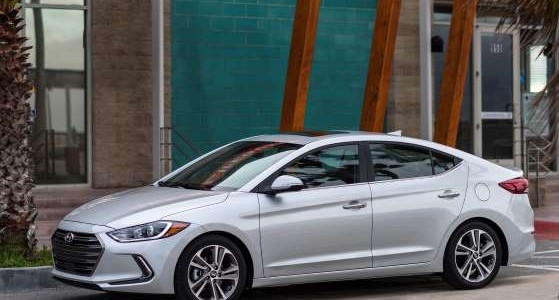
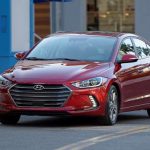
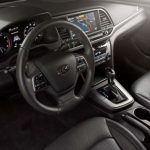
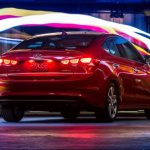
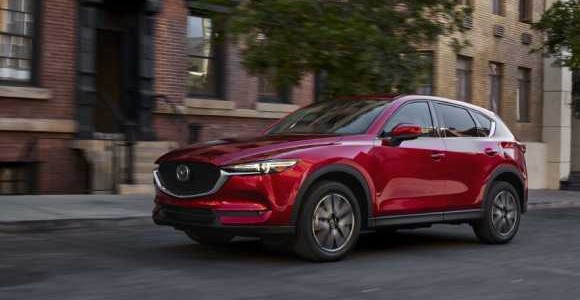

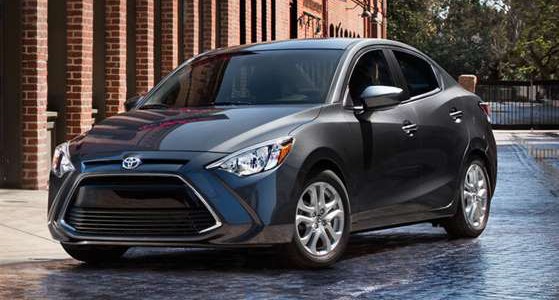
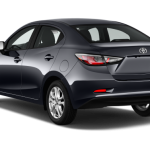
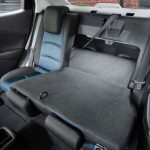

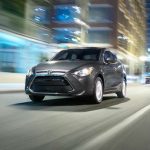
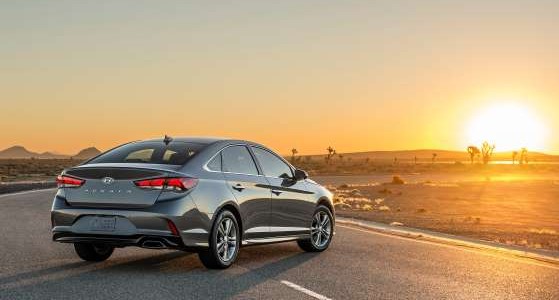


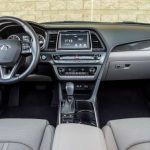
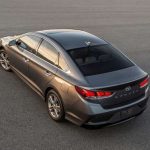
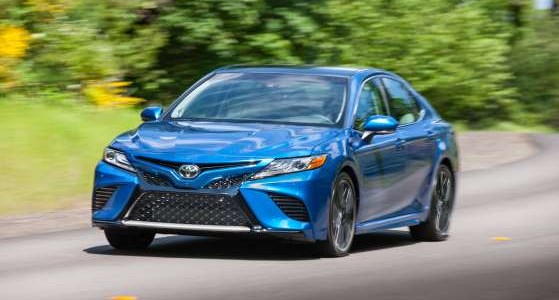


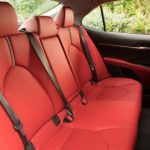
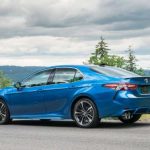


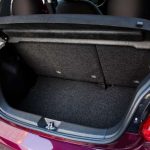

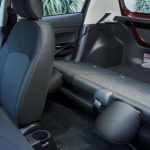
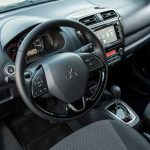
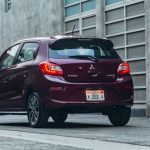
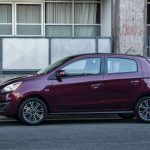

![ProEXR File Description
=Attributes=
cameraAperture (float): 36
cameraFNumber (float): 8
cameraFarClip (float): 1e+030
cameraFarRange (float): 1e+018
cameraFocalLength (float): 17.8067
cameraFov (float): 89.8781
cameraNearClip (float): 0
cameraNearRange (float): 0
cameraProjection (int): 0
cameraTargetDistance (float): 138.654
cameraTransform (m44f): [{0.618857, 0.749993, 0.233508, 360.942}, {0.785363, -0.596395, -0.165884, -60.8169}, {0.0148514, 0.286047, -0.9581, 125.475}, {0, 0, 0, 1}]
channels (chlist)
compression (compression): Zip
dataWindow (box2i): [0, 0, 2979, 2107]
displayWindow (box2i): [0, 0, 2979, 2107]
lineOrder (lineOrder): Increasing Y
name (string): ""
pixelAspectRatio (float): 1
screenWindowCenter (v2f): [0, 0]
screenWindowWidth (float): 1
type (string): "scanlineimage"
vrayInfo/camera (string): "cam_c07"
vrayInfo/computername (string): "slanted-p0001"
vrayInfo/cpu (string): "INTEL/Model:13,Family:6,Stepping:7,Cache:0"
vrayInfo/date (string): "2017/Sep/22"
vrayInfo/filename (string): "Z:/PROJECT/2017_08_MAZDA_J71E_IPM/99_MayaProject/scenes/c07/J71E_IPM3_c07_v08_lighting.mb"
vrayInfo/frame (string): "00001"
vrayInfo/h (string): "2108"
vrayInfo/mhz (string): "0MHz"
vrayInfo/os (string): "Microsoft(tm) Windows(tm), version 6.1, Service Pack 1"
vrayInfo/primitives (string): "0"
vrayInfo/ram (string): "24560MB"
vrayInfo/renderlayer (string): "defaultRenderLayer"
vrayInfo/rendertime (string): " 0h 0m 0.0s"
vrayInfo/scenename (string): "J71E_IPM3_c07_v08_lighting"
vrayInfo/time (string): "00:01:14"
vrayInfo/vmem (string): "8388608MB"
vrayInfo/vraycore (string): "3.52.02"
vrayInfo/vrayversion (string): "Version of V-Ray for Maya 3.52.02"
vrayInfo/w (string): "2980"
=Channels=
A (half)
B (half)
E_MID1.B (half)
E_MID1.G (half)
E_MID1.R (half)
E_MID2.B (half)
E_MID2.G (half)
E_MID2.R (half)
E_MID3.B (half)
E_MID3.G (half)
E_MID3.R (half)
E_MID4.B (half)
E_MID4.G (half)
E_MID4.R (half)
E_MID5.B (half)
E_MID5.G (half)
E_MID5.R (half)
E_MID6.B (half)
E_MID6.](http://autolove.com/wp-content/uploads/2018/02/New_Mazda6_19-150x150.jpg)

